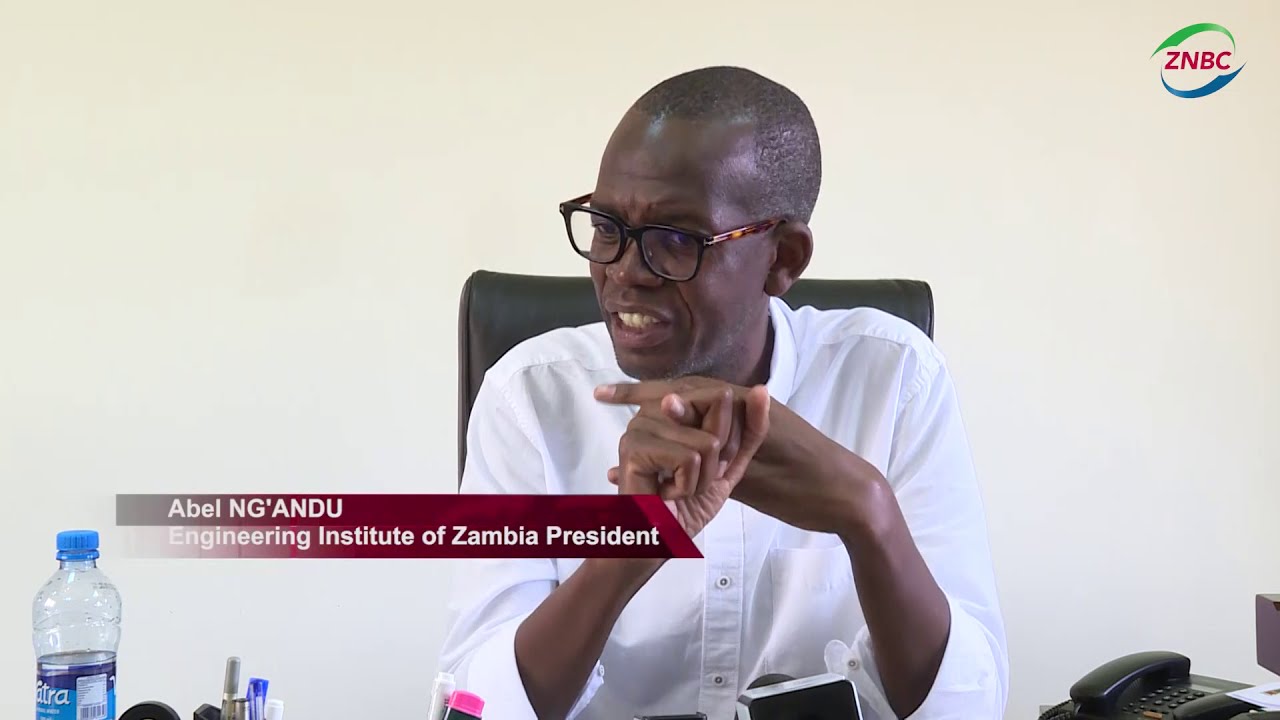The second Report Card on the country’s infrastructure will be made public by the Engineering Institution of Zambia (EIZ).
Reports on the nation’s infrastructure, according to EIZ President ABEL NG’ANDU, are essential to serve as a standard for future infrastructure development.
He made this statement today in LUSAKA during the MOU signing ceremony between the EIZ and the Zambia National Broadcasting Corporation (ZNBC).
The MoU will center on business relationships between the two organizations, with ZNBC showcasing a number of EIZ’s public services.
And according to Mr. NG’ANDU, the EIZ is now developing a minimum Charge Out Rate that will serve as the cutoff point for the payment of engineering services.
And EIZ Registrar and CEO DAVID KAMUNGU noted that the second study from the organization on the nation’s infrastructure follows in the wake of the previous report that was published eight years ago.
The MOU between the two institutions will raise public knowledge of the EIZ, according to Mr. KAMUNGU, who is optimistic about this.
Additionally, the national broadcaster is a strategic institution to publicly expose the services of EIZ, according to acting ZNBC Director General BRIGHT NKANKA.
According to Mr. NKANKA, ZNBC already airs a number of programs about the nation’s engineering advancements.
He expressed confidence that ZNBC would be up to the challenge of establishing corporate working relationships with EIZ.

 President Hakainde Hichilema Mourns the Passing of Edgar Lungu
President Hakainde Hichilema Mourns the Passing of Edgar Lungu Edgar Lungu has Died
Edgar Lungu has Died President Hichilema Pays Tribute to Pope Francis at Solemn Requiem Mass
President Hichilema Pays Tribute to Pope Francis at Solemn Requiem Mass Government Intensifies Soil Analysis Campaign to Boost Agricultural Productivity
Government Intensifies Soil Analysis Campaign to Boost Agricultural Productivity Teenage girl found dead near Kamwala South Secondary School, police launch investigations
Teenage girl found dead near Kamwala South Secondary School, police launch investigations Vice President calls for stronger engagement between UNZA management & student leaders
Vice President calls for stronger engagement between UNZA management & student leaders President Hichilema sets 1,000 megawatt solar energy target for 2025
President Hichilema sets 1,000 megawatt solar energy target for 2025 RPP backs Vice President’s call to accelerate national gender policy implementation
RPP backs Vice President’s call to accelerate national gender policy implementation Kariba North Bank Power Station to boost generation with increased water allocation
Kariba North Bank Power Station to boost generation with increased water allocation